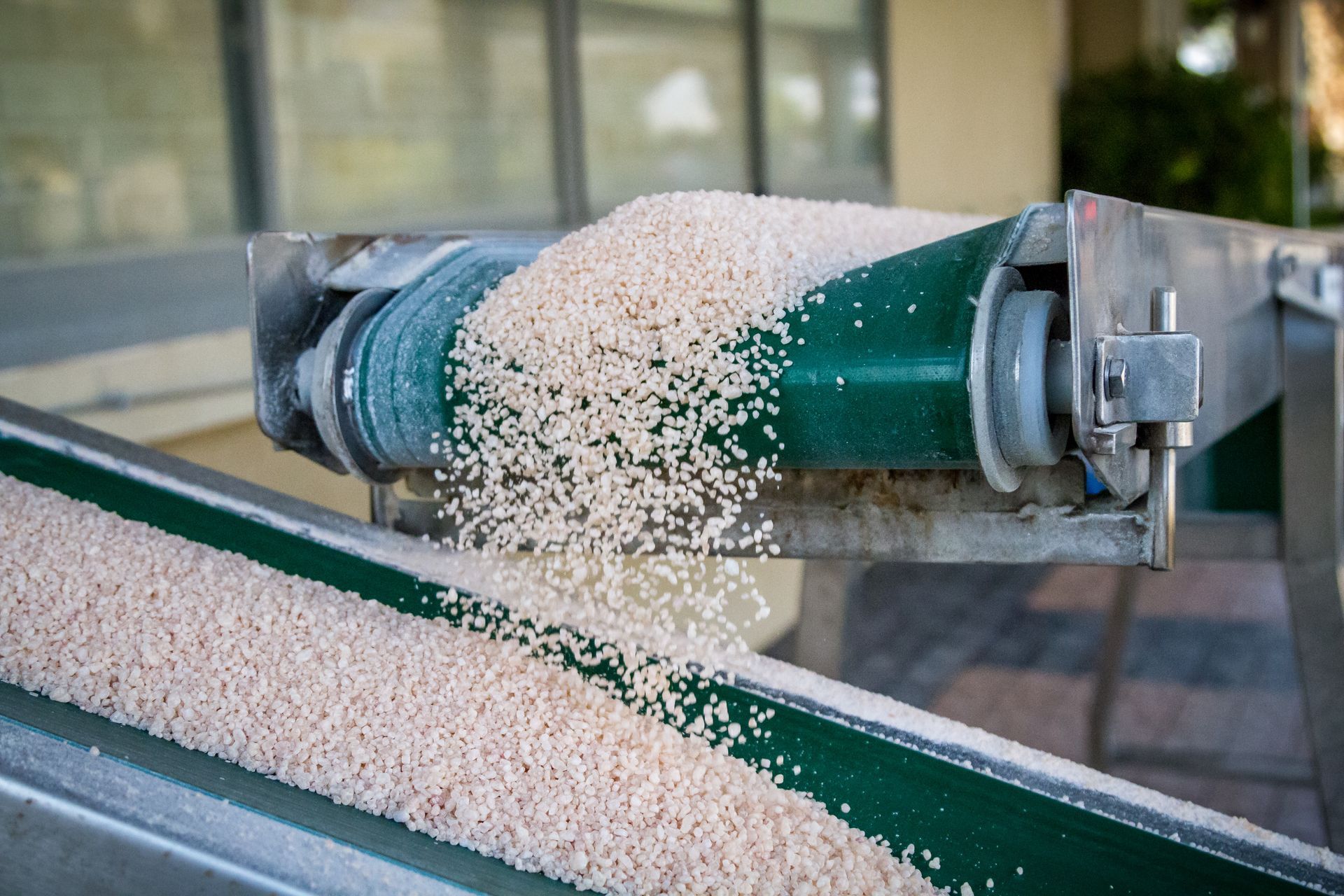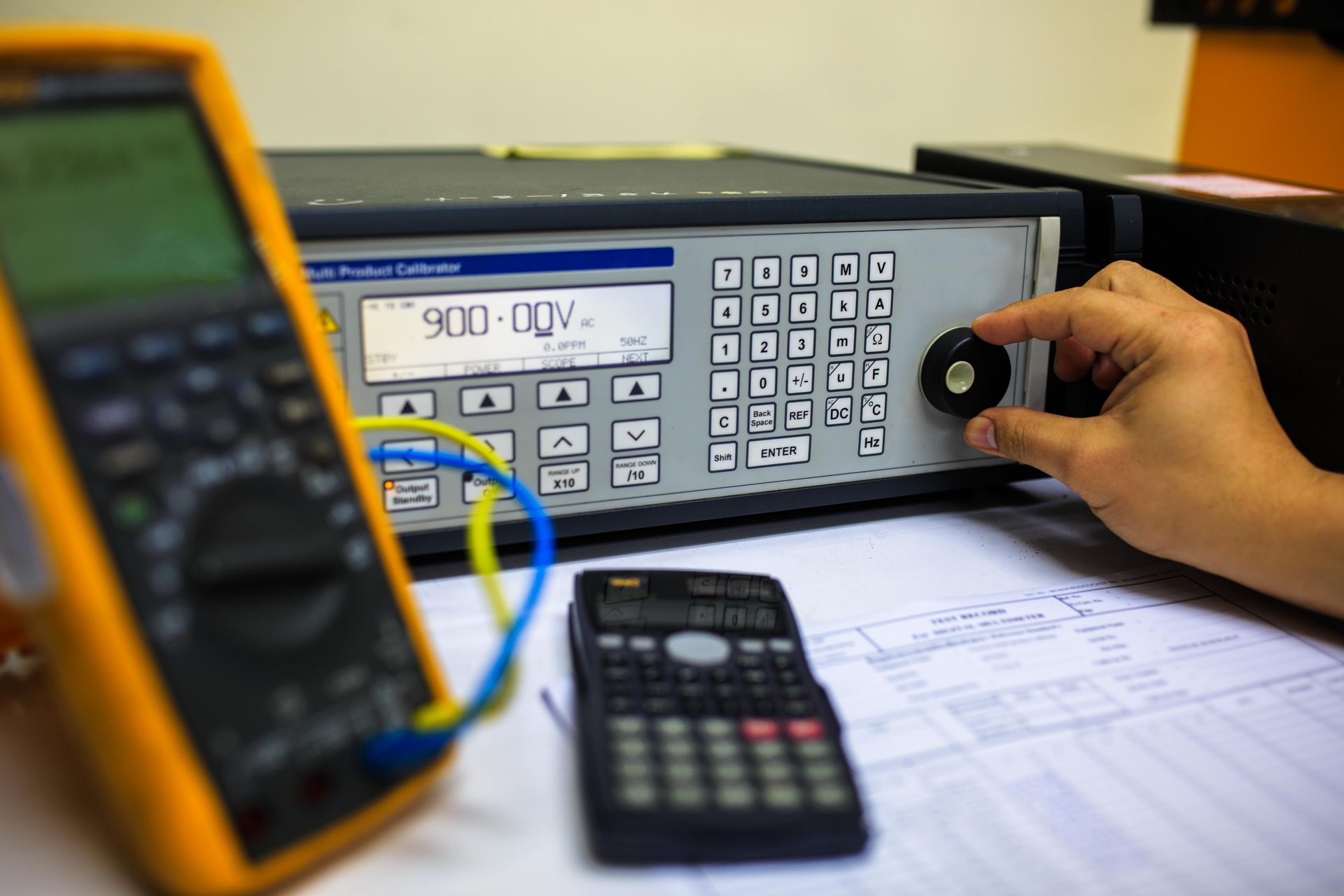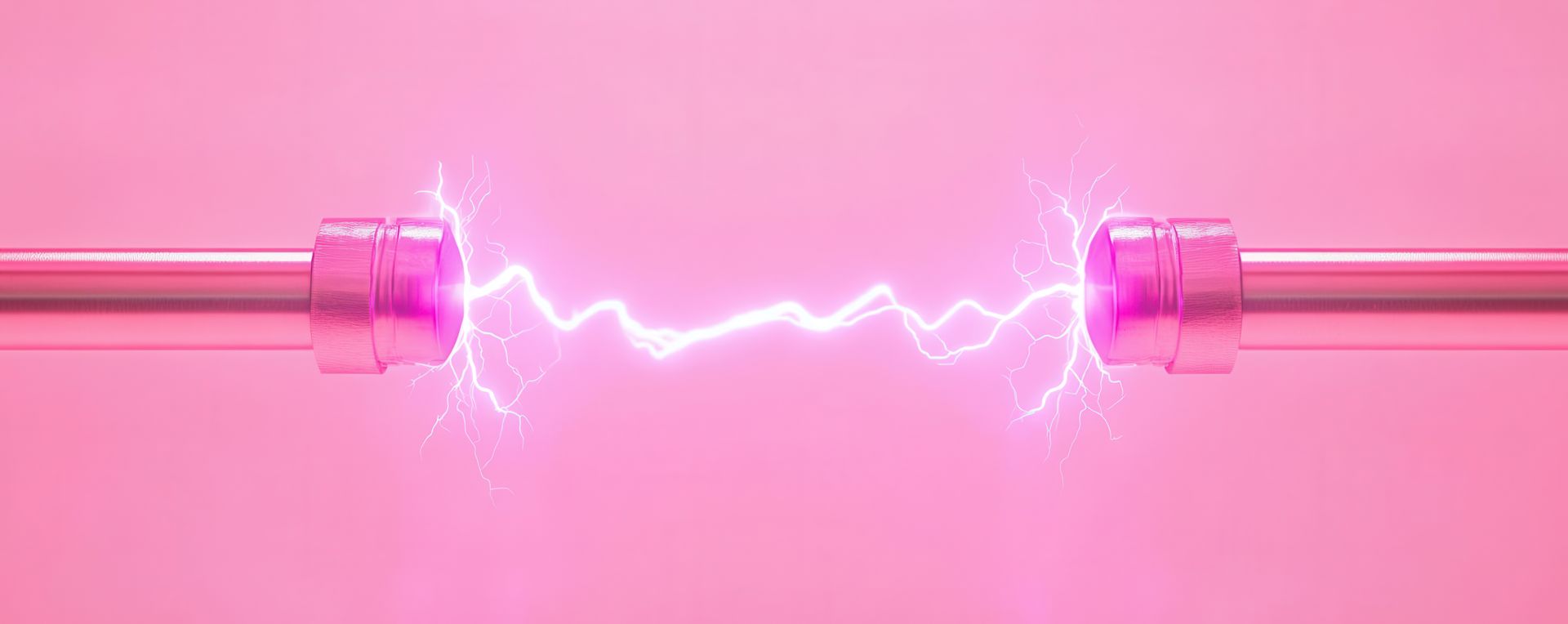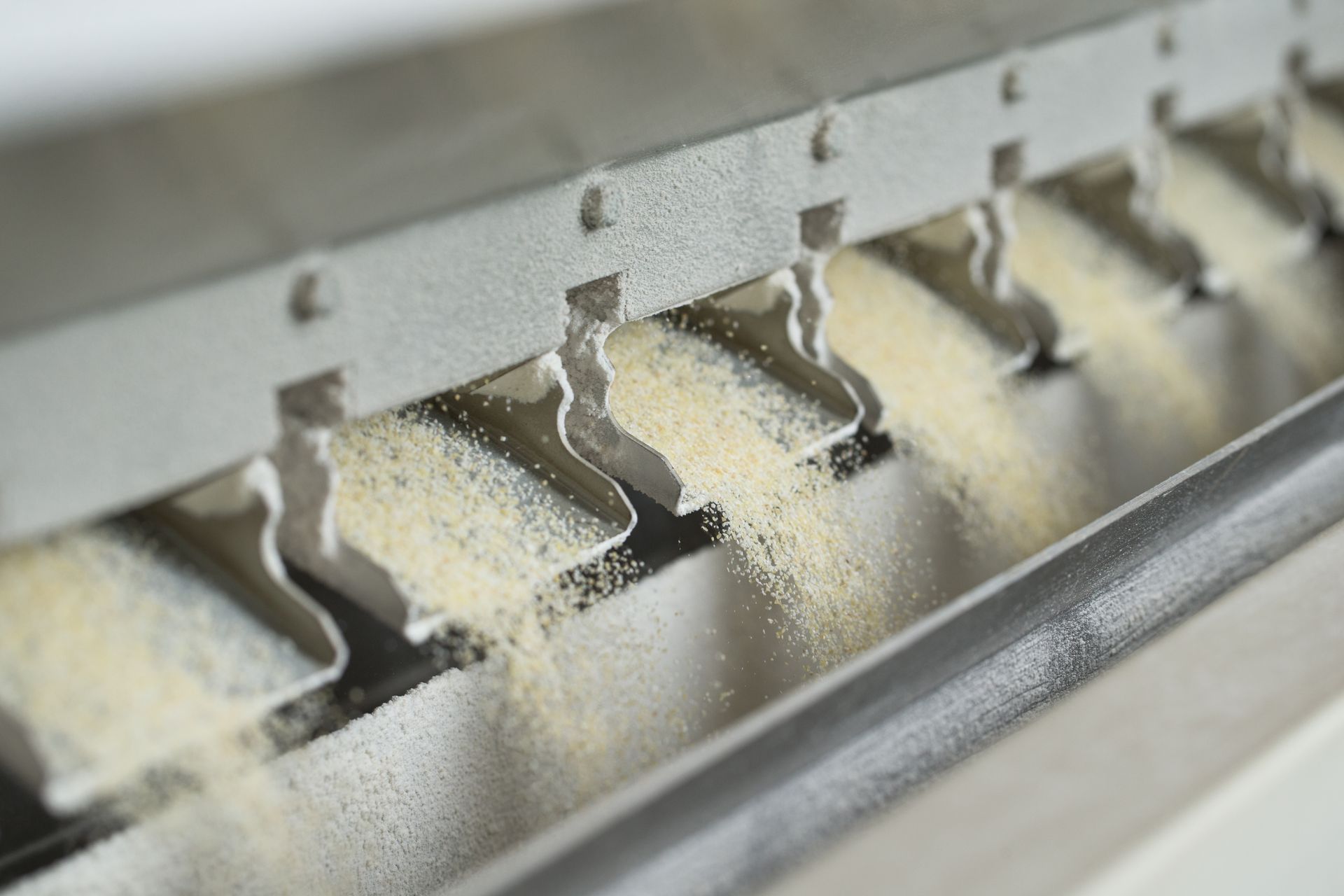Low Range vs High Range Gauss Meter: 3 Main Differences
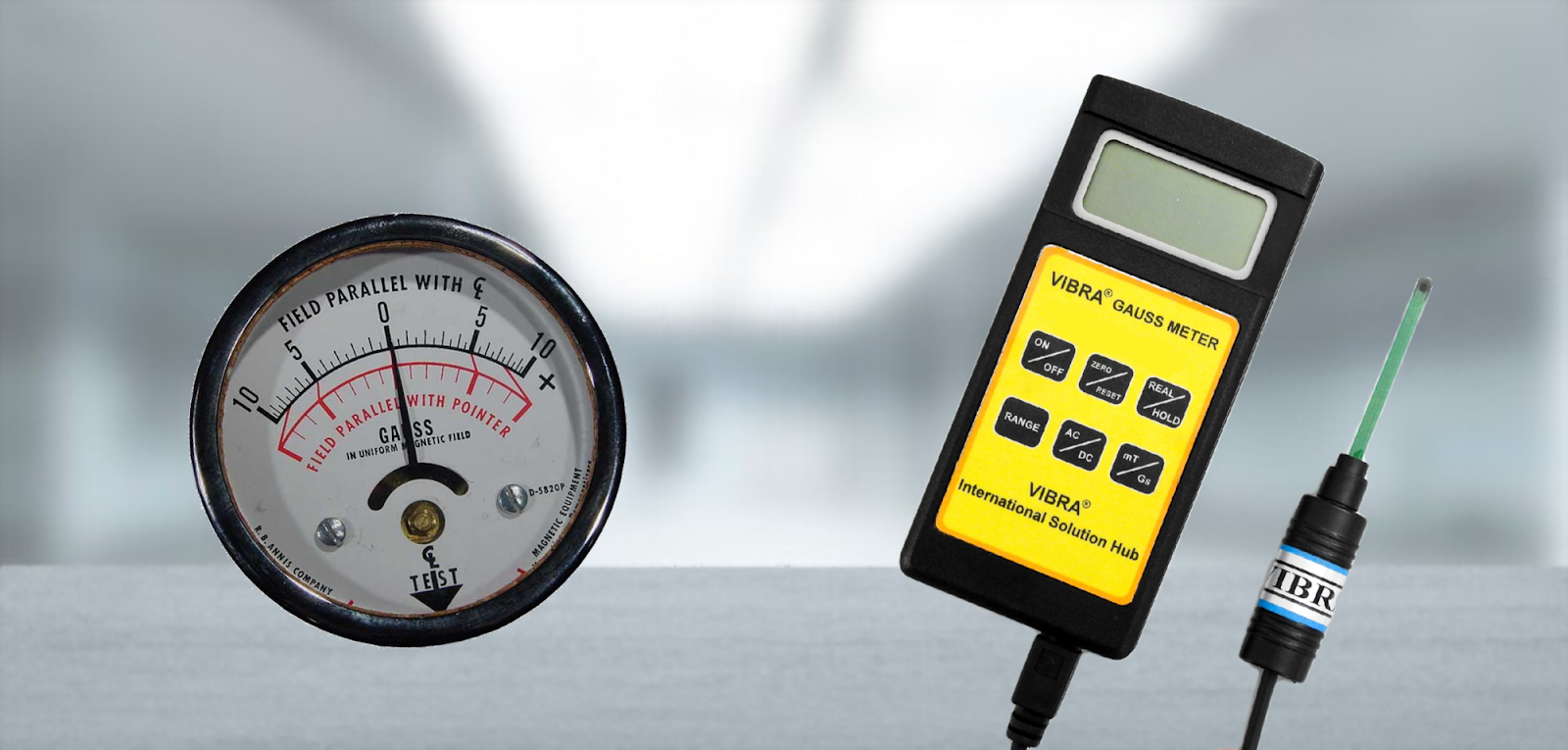
Gauss meters come in various types, each tailored to measure magnetic fields with precision. However, the most crucial categories are low-range and high-range Gauss meters, which are essential for evaluating magnetic field strength in a range of applications, from industrial quality control to scientific research.
Understanding the differences between low-range and high-range Gauss meters is essential for selecting the right tool for specific tasks and ensuring measurement accuracy and reliability. In this article, discover how to set these two Gauss meters apart and grasp their nuances for operational efficiency.
What is a Low-Range Gauss Meter
Low-range Gauss meters are specialised instruments designed to measure magnetic fields on a smaller scale, typically below 200 Gauss and as low as 0.01 microTesla. These meters are ideal for applications that require precise measurement of subtle magnetic fields, such as small-scale electronic devices, laboratory experiments,MRI safety checkor quality control in manufacturing.
Moreover, their sensitivity allows them to detect minor fluctuations and variations in magnetic fields, which might be crucial for tasks like calibrating delicate equipment or assessing low-intensity magnetic interference.
By providing accurate readings in this lower range, low-range Gauss meters ensure that even the smallest magnetic influences are accounted for, making them invaluable in fine-tuning and optimising sensitive systems.
What is a High-Range Gauss Meter
As its name suggests, a high-range Gauss meter is designed to measure very strong magnetic fields up to 3T with great accuracy. These meters are equipped to handle magnetic field strengths that exceed the capabilities of standard meters, making them ideal for applications in industries such as electromagnetics, high-power machinery, and scientific research.
They are particularly useful for assessing powerful magnets and components in environments with high magnetic flux densities. High-range Gauss meters are built with advanced sensors and technology to ensure precise readings in these extreme conditions.
Additionally, they provide critical data for quality control, equipment testing, and safety assessments. Their robust design and high sensitivity make them indispensable tools for professionals working with intense magnetic fields.
What sets the Low-Range and High-Range Gauss Meter Apart?
While both low-range and high-range Gauss meters are designed to measure the strength of magnetic fields, the key differences lie in their measurement capabilities, applications, and sensitivity.
Read more below for a more thorough explanation of their nuances, ensuring that the right application calls for the right range of Gauss meter.
Measurement Range
A key difference between low-range and high-range Gauss meters is their measurement range. While it might seem like a simple difference, understanding each specific measurement range is essential to ensuring a more accurate magnetic field reading with the right Gauss meter.
Low-range Gauss meters measure weaker magnetic fields, with a measurement range from 0.01 microTesla to 200 Gauss. On the other hand, high-range Gauss meters are designed to measure stronger and more powerful magnetic fields, boasting a measurement range of up to 3T.
Application
Another key difference that sets these two Gauss meters apart is where they’re applied. These Gauss meters are not built the same, so choosing the right one for your application will ensure an accurate measurement for optimal operation.
For example, low-range Gauss meters measure magnetic field leakage from speakers, microwave ovens, cellular phones, and any residual magnetic fields after demagnetisation of metal materials. However, high-range Gauss meters handle much stronger magnetic fields, like measuring the magnetic fields of MRI machines and testing magnet separators.
Sensitivity
When it comes to sensitivity, low-range Gauss meters and high-range Gauss meters differ significantly. This disparity in sensitivity impacts their suitability for various tasks, with low-range Gauss meters excelling in detailed measurements and high-range Gauss meters handling more intense magnetic environments.
Low-range Gauss meters are designed to detect weaker magnetic fields with high precision, making them ideal for measuring subtle variations in small-scale applications. In contrast, high-range Gauss meters can measure much stronger magnetic fields but are less sensitive to minute changes.
How to Choose The Right Gauss Meter
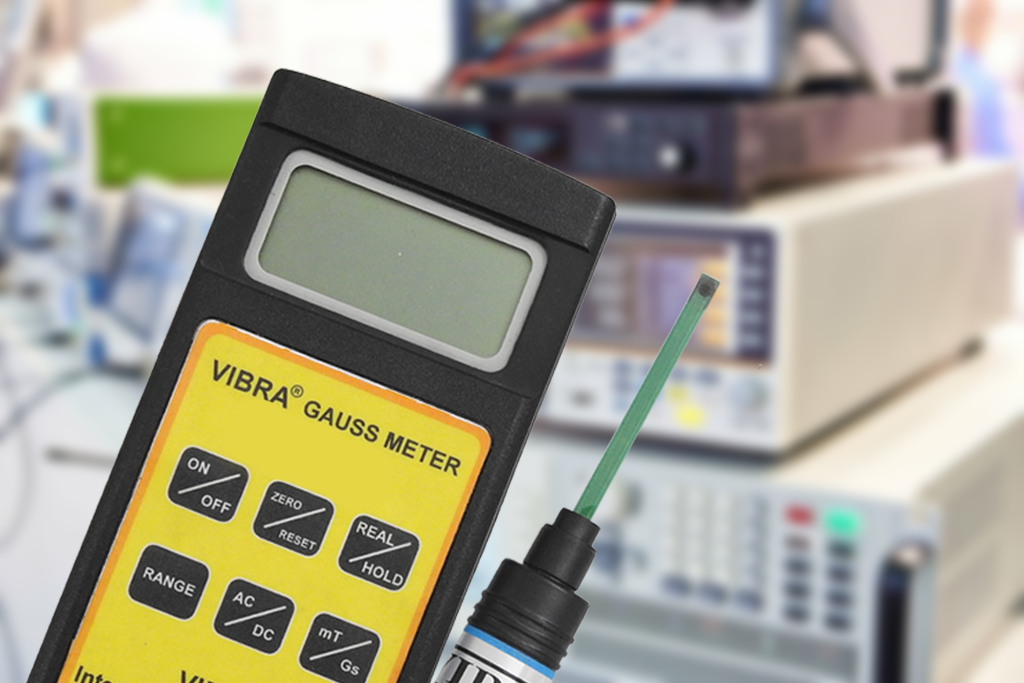
There is no one-size-fits-all when it comes to Gauss meters, so to choose the right one, you must consider your intended use and application. If you’re looking for precise measurements on a smaller-scaled magnetic field, a low-range Gauss meter is ideal, whereas if you’re dealing with high-intensity magnetic fields, a high-range Gauss meter might suit you best.
Assess your specific needs–whether for detailed scientific research or industrial applications–to select a Gauss meter that best suits your measurement needs and requirements. This way, you can ensure optimal operational efficiency and magnetic measurement accuracy.
Looking for a Gauss Meter in Malaysia?
At Sematic Magnet, we understand the importance of choosing the right Gauss meter and following best practices for accurate measurements. Whether you’re in manufacturing, research, or for your own project, choose a high-quality Gauss meter from us that meets your specific needs, backed by our expert technical support and calibration services.
Contact
Sematic Magnet for expert insights and solutions. From shopping for Gauss meters to repairing and calibrating, our engineers specialise in offering a fast turnaround and swift response to your issues.
Call us now to talk to an expert!
